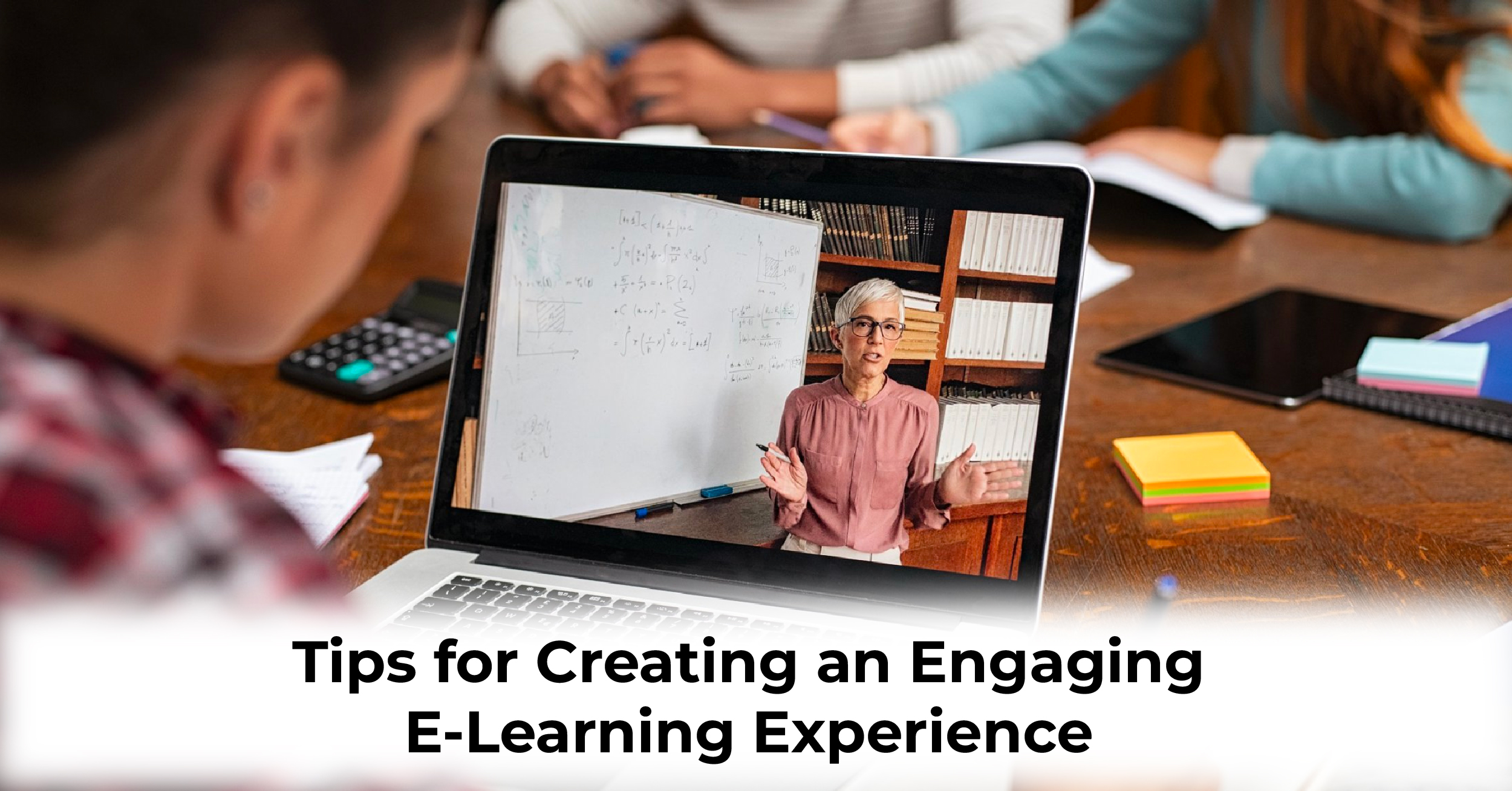Blog
Tips for Creating an Engaging E-Learning Experience
October 12, 2022
Posted by: DevDigital
Any enterprise with employees or customers to train has a strong incentive to make that learning experience impactful and fun. While fun might seem frivolous in a business context, it isn’t. Training that is engaging in different ways can increase an employee’s retention and speed time to completion. Both of those aspects are valuable in terms of employee productivity, opportunity cost, and even risk reduction.
Risk reduction, in particular, has real value in compliance-heavy fields like financial services and healthcare. You can implement all these things using mobile apps, web apps, and even features built into learning management systems.
Focusing on Quality Pays in Risk Reduction, Productivity, and Time Efficiency
Good E-learning content communicates the right information in a way that enhances retention. This reduces time spent in training and can also reduce risk. If the training focuses on how to complete specific tasks, better training means fewer mistakes, which saves time and may save money. In heavily-regulated industries like banking, risk reduction can be a huge benefit.
Memorable cybersecurity training can cut down on mistakes that put company or client data and systems at risk or result in data breaches. One data breach at a bank or credit card processor or bank can be disastrous.
Great training might also cut down on the time employees spend in training, reviewing notes, doing exercises, and taking and retaking quizzes. The company can profit from that “reclaimed” learning time in many ways. A sales team could not only make more calls but get more appointments because of what they just learned.
Lots of productivity software claims to offer productivity gains. But what if employees do not know how to use it effectively? Collaboration software like Teams, Slack, and SharePoint offer lots of powerful features, but they are not easy to use. Conventional training on these tools can be boring. You have to work systematically through the home screen, the menus, the several main functions, and so on. This can be necessary but also boring.
Liven up that generic software training by asking employees to take what they learned and figure something out. Then they can explain what they would do in a text box. This takes extra time, both for the student and for a supervisor or trainer. That would seem to negate the benefit of reduced learning time, but maybe not. An employee might make a mistake on a multiple-choice question, then another mistake. While they wrestle with the question, they are not progressing.
Encourage Collaboration
You have plenty of options for adding interest and increasing engagement. Some of these engagement tricks are obvious and simple, but others take a little more work and creativity to implement. Customizing the learning to suit your organization, creating games or contests, and building opportunities for collaboration are three of those engagement tricks. Some tips and tricks apply to some learning and not others.
Consider learning communities. These are groups created to study and discuss a particular topic. This probably isn’t the best way to make sure everyone learns about HIPAA (Health Insurance Portability and Accountability) compliance requirements, but when it comes to something more complex and less concrete, like a new method for finding leads and converting them into customers, a learning community might be valuable. Discussion groups, peer critiques of homework assignments, and group exercises can be used in many learning or training situations to reinforce the lessons.
Use Customization
Storytelling can be valuable in almost any kind of training. A short story about the disaster unleashed when a staffer ignores patient privacy laws can be a powerful introduction to this dry, but super important, topic. If you are paying for custom learning materials, adding a few relevant stories, even fictional ones, can make the material memorable and reinforce some key ideas at minimal added expense.
What about courses that have been created by a third party? You cannot add custom quizzes and exercises to them. You can create supplemental learning materials, like tip sheets, quizzes, games, checklists, and worksheets. In some learning management systems, adding a resources tab or folder for a course is super easy. Sometimes creating custom exercises and distributing printed instructions is a good option.
Liven up generic training by asking employees to carry out tasks that relate to your work. E-learning companies often use generic examples because they serve a wide audience. A series of examples of using Software X in an accounting office may not resonate with employees in human resources or sales who would never perform the specific task in question. Think of something they would do and turn that into an exercise.
Offer Interactivity
Every E-learning guru will tell you to add interactivity where you can. Exercises, problems to solve, and pop quizzes all keep learners’ minds focused on what they just learned. Ideally, they also connect those things with their day-to-day responsibilities. Gamification is a way to use games and competitions to motivate and challenge students, and it isn’t just for schools and colleges. Online courses tend to have interactivity built in, but sometimes custom-made exercises and quizzes are better.
Consider Custom Software Development for Elearning
Taking the time to make your E-learning more engaging and interesting will pay off in several ways, so think of it as an investment in faster learning, productivity, and risk management. Employees who are motivated and interested will learn more quickly and are more likely to retain what they learn. These two facts can make a significant difference in employee productivity and risk management.
Delivering those learning experiences calls for some expertise in software development. If your company needs custom learning software, whether a web app or a learning management system, or a mobile training app, consider contacting us to set up a short call about your E-learning needs and goals.
